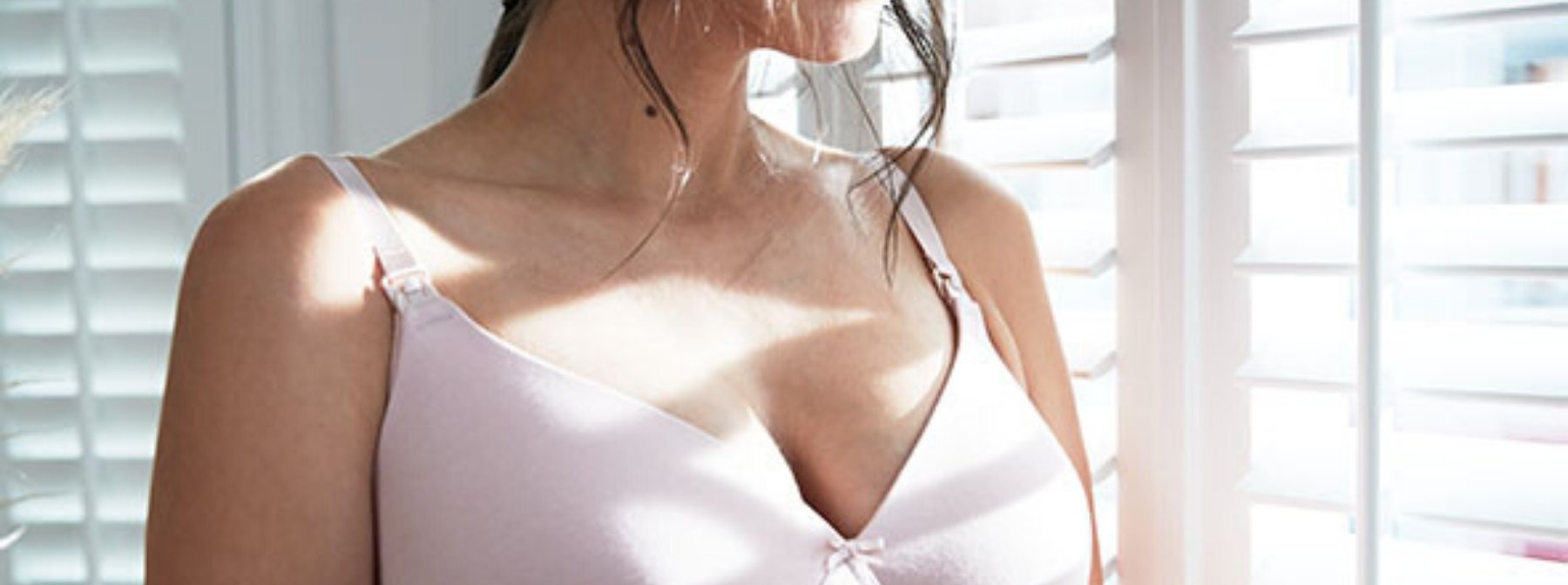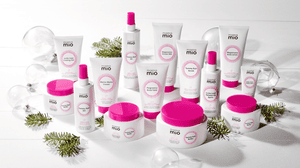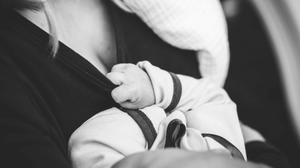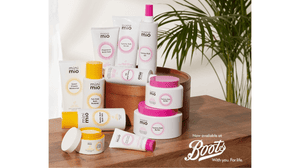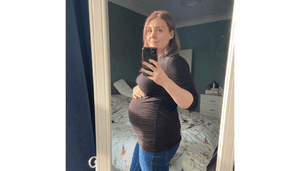What happens to boobs during and after pregnancy?
Pregnancy isn't the easiest of times for a mamas' boobs. Whether you decide to breast feed or not, the girls are gearing up in anticipation of your imminent arrival. From cracked nipples to engorgement, we've got you sorted.
What are boobs made from?
Boobs are made up of lobules (milk-producing glands) and ducts (tubes that carry milk) which are surrounded by glandular, fibrous and fatty tissue.
The nipple is surrounded by darker skin, called the areola. The raised bumps on the areola are called Montgomery glands which produce fluid to moisturise the nipple.
What might happen to my boobs during pregnancy?
Sore boobs
For a lot of mamas, sore boobs are one of the first signs of pregnancy. Rapidly increasing levels of oestrogen and progesterone in the first trimester are thought to be the culprit.
Bigger boobs
Some women speak of growing by several cup sizes, some women stay the same. Some mamas may grow rapidly, others intermittently or some not at all. Each pregnancy is totally different.
Leaky boobs
From week 16, your boobs are able to produce milk so you may find small amounts of straw coloured fluid in your bra. No need to worry, this fluid is colostrum and is the first form of milk expressed by mamas. If you are concerned about this showing through your clothes, you may want to start using breast pads.
Lumpy boobs
Sometimes you may find that your boobs become a bit lumpy, especially on the areolas. This is fine, there are a few common reasons for this:
- Cysts -fluid filled sacs
- Galactoceles – milk filled cysts
- Fibroadenomas – develop in the lobules of the breast
These are all perfectly normal. If, however, you are concerned about discovering lumps in your breasts or if anything doesn’t feel right, speak to your doctor.
Veiny boobs
The blood flow to your boobs increases dramatically during and after pregnancy. Before you give birth, your boobs are preparing for the imminent arrival and postpartum, your blood vessels are working hard on your milk supply. You may notice more veins when you milk comes in or if your boobs are engorged.
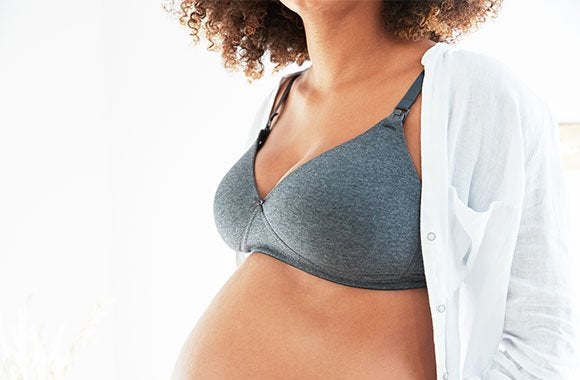
What might happen to my boobs after giving birth?
Leaky boobs
Following the birth of your baby, your hormone levels of oestrogen and progesterone will decrease quickly. Around three days after birth, your colostrum becomes more diluted by additional fluid. Around this time your breasts may start to leak milk.
When a baby latches on it triggers a nerve which tells the brain that milk is needed. Because of this, some mamas find that milk leaks from the nipple when they hear their baby cry or if they feel emotional.
Sore and cracked nipples
Sore nipples are caused when your baby does not attach properly and instead only sucks at the nipple and not the areola. If the whole areola is not in the baby’s mouth when feeding, the nipple may rub against the baby’s tongue or the roof of their mouth, this is when nipples may become cracked.
Engorgement
Engorgement happens when the breasts are overfull with milk. Your boobs may end up feeling hard, warm or throbbing. Making sure your baby is attaching to the breast properly is crucial to relieving engorgement but there are a few other steps you can take to relieve any tenderness or soreness.
What can you do to help?
As well as a well-fitting maternity bra and regularly checking your boobs yourself, there are a few simple steps you can take to give the girls a helping hand.
Cabbage leaves
There’s an Old Wives’ Tale which recommends mama’s put cabbage leaves on their boobs to relieve engorgement and clear blocked milk ducts. We’ve made cabbage leaves more sophisticated, Pregnancy Boob Tube contains Cabbage Leaf Extract to clear blocked milk ducts and relieve tender boobs.
Cooling
Pregnancy boobs, pre or post-partum can sometimes leave mamas feeling itchy and inflamed. Keeping your Pregnancy Boob Tube in the fridge before application can provide some instant, cooling relief to bothered boobs.
Moisturise
Keeping the girls hydrated during and after pregnancy is essential for skin elasticity during a crucial time for fluctuations in breast size. Omega rich oils and Shea butter nourish to skin to help defy the effects of gravity and improve the firmness of your bust. Mamas also won’t need to remove Pregnancy Boob Tube before breastfeeding as this is 100% safe for babies.
Nipple balm
Using a rich nipple balm is essential for forming a barrier between a mama’s nipple and her feeding baby. Medical grade lanolin locks in moisture and does not need to be removed before latching on.
There is a common misconception that nipple balm is solely for breastfeeding mamas. But nipple balm can be the perfect solution for sensitive or dry nipples during pregnancy.
What happens if I haven’t noticed any changes?
Most pregnant women experience changes in their boobs – but some don’t, and that’s normal too. Remember, every pregnancy is different. If you are concerned, be sure to mention it to your doctor.
